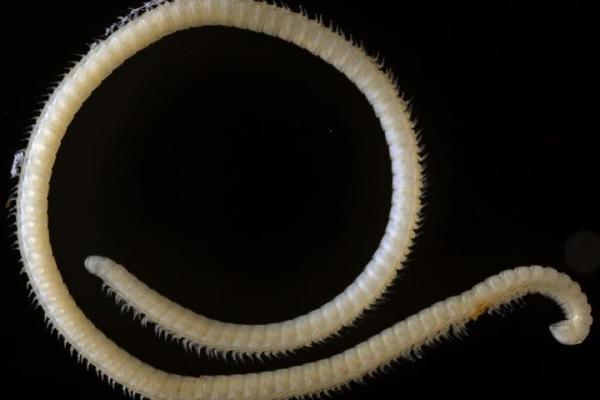
VISALIA, Calif., Oct. 26 (UPI) — Researchers have discovered a new, especially leggy species of millipede in the dissolved marble caves of California’s Sequoia National Park. The millipede boasts 414 legs.
The newly named millipede, Illacme tobini, is the closest relative of the leggiest species on the planet, Illacme plenipe, which deploys 750 legs. The species is only the second to be organized within the Illacme genus.
Like its relative, Illacme tobini enjoys appendages and other physiological features in abundance. It has four penises and 200 poison glands. What’s more, its body — made up of more than 100 segments — is covered with hundreds of silk-secreting hairs.
Illacme plenipe was discovered living under boulders in San Juan Bautista, California. Illacme tobini prefers the dark, damp caves of the Sierra Nevada.
The species was discovered and described by a team of scientists from the National Park Service, Virginia Tech and Hampton Sydney College.
Researchers detailed their discovery in the journal ZooKeys.
“I never would have expected that a second species of the leggiest animal on the planet would be discovered in a cave 150 miles away,” Paul Marek, an entomologist from Virginia Tech, said in a news release.
The millipede was one several new insect species discovered in the caves of Southern California.





